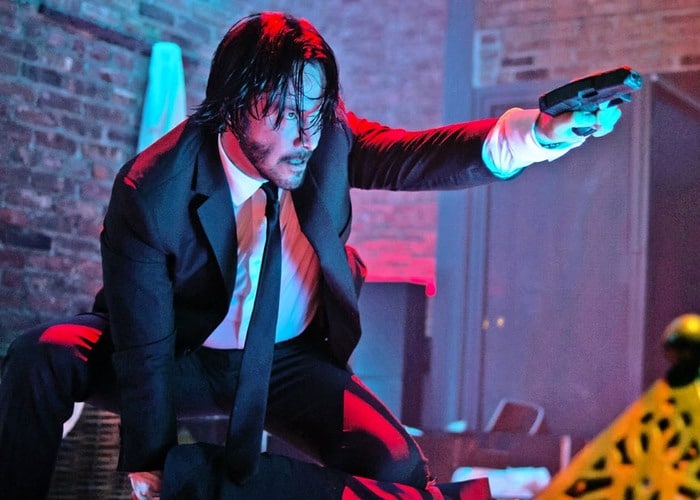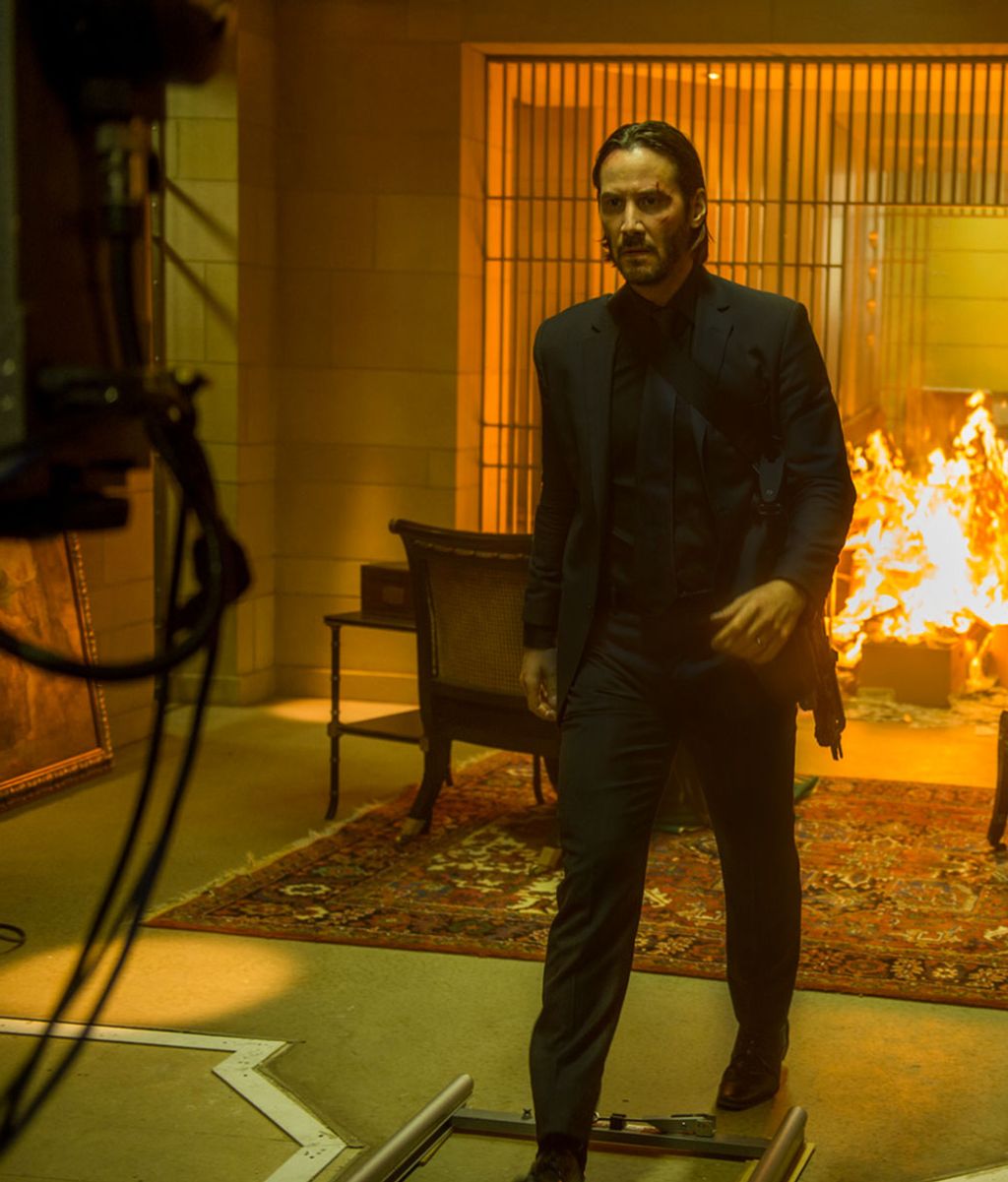There’s nothing better than a good cinematic battle, but things get even more impressive when one side of the fight is a single individual with the strength of an army. When John Wick was released in 2014, audiences were mesmerized by its graceful pairing of martial arts and swift gun work. The combination of these two fighting styles results in an almost balletic choreography that is both pleasing to the eye and effective in fulfilling the character’s needs. Although the battle style that we see in John Wick appears almost effortless, a tremendous amount of thought went into the film’s brand of “gun-fu” — a sophisticated type of combat that is elevated by a masterful blend of editing and physicality.
To develop their character’s enrapturing fighting style, John Wick directors Chad Stahelski and David Leitch worked closely with fight choreographer Jonathan Eusebio. First, they opted to use stunt doubles as sparingly as possible. Doing so saved time in the editing room, where cutting around doubles can be tedious and time-consuming. The talent was another factor: why opt for a stuntperson when you have Keanu Reeves as your leading man? The actor’s familiarity with several martial arts — stemming from his days in The Matrix — made it easier to choreograph according to his capabilities.
The final piece of the puzzle was the most challenging. The directors and stunt coordinator had to assess how John Wick, given his past as a hitman, would engage in battle. As Eusebio tells it, Wick’s line of work provides him with an assortment of skills that are different than those of, say, a cop or a soldier. All of this comes to the forefront when developing the fighting style, and one of the best parts of John Wick is that the fighting itself tells part of the story. In the film’s excellent Red Circle Club scene, the choreography is used to propel the narrative and enrich our understanding of the protagonist.
The sequence begins with Wick taking down an adversary in the club’s locker room. This first kill is a quiet one, demonstrating why his enemies know him as Baba Yaga or The Bogeyman — he’s a silent assassin, the kind that you never see coming. Eusebio said, “What makes fights interesting is the drama and story behind the confrontation.” In John Wick, the story behind the confrontation is a dead dog and a stolen car — but the drama emerges from whom the dead dog and stolen car belonged to.
Wick’s first few kills during this battle are performed with stealth and relish. He can take his time and so the gun stays out of sight during these initial encounters. It’s only when he’s thrown into a towel rack by one of his targets that chaos erupts and the gun is introduced. From then on, Wick continues using martial arts to overpower his opponents but shuts down the possibility of struggle with a gun. This scene is gun-fu’s best showcase, repeating a simple tactic often and to great success: a judo set-up that locks in the adversary, pinning them in place so that they’re well-positioned for a bullet to the head or chest.
There are a few moments of reprieve throughout the sequence that lend it more depth than it would have if it were non-stop action the entire time. The film crystallizes Wick’s mythology in brief pauses from the action: the piercing look he gives one of his victims, pushing a hand over his mouth and a knife into his chest; fear dawning in mobster Iosef (Alfie Allen)’s eyes as he sees that Wick has found him; Wick calmly taking a second to reload his gun, just in time to shoot the man about to attack him. These intervals are essential to maintaining the scene’s rhythm.
Indeed, what makes the Red Circle Club sequence particularly memorable is how the fighting style is incorporated into the club environment, sometimes to comedic effect. When he steps onto the dancefloor in pursuit of his targets, Wick’s gunshots are disguised by the house music thumping in the background, each bullet punctuating a beat in the song. Elsewhere, the fight choreography feels almost dance-like: graceful and deftly coordinated. The violence is highly stylized, but never pornographically so; Wick only fires bullets to get the job done. His martial arts skill puts his enemies exactly where he wants them, enabling this pristine efficiency. John Wick makes music with his gun and fights like he’s dancing.
Stahelski described the martial arts featured in John Wick as a combination of Japanese jiu-jitsu, Brazilian jiu-jitsu, tactical three-gun, and standing Judo. As such, this firearm/martial arts cocktail makes for fight scenes that are both realistic in their execution and stylistically gripping for viewers. Eusebio has stressed that the most practical moves are not always the ones that look the most compelling on screen, so the challenge of John Wick was finding the right balance between realism and aestheticism. In the Red Circle Club, this is well-executed, as Wick’s movements are edited to acknowledge Reeves’ stuntwork — showing the audience that these moves, to some extent, can actually be done — while also choosing specific maneuvers that are interesting on film.
Even with a budget that is smaller than other comparable action flicks, John Wick‘s filmmakers and star found creative inspiration within the constraints of humble resources. There is minimal use of CGI and no funky superpowers in this film, which kind of makes John Wick an all-natural action film — elevated by pure artistry to pay homage to past martial arts cinema while also creating something completely new. Who says a one-person army can’t make for a good battle partner?


